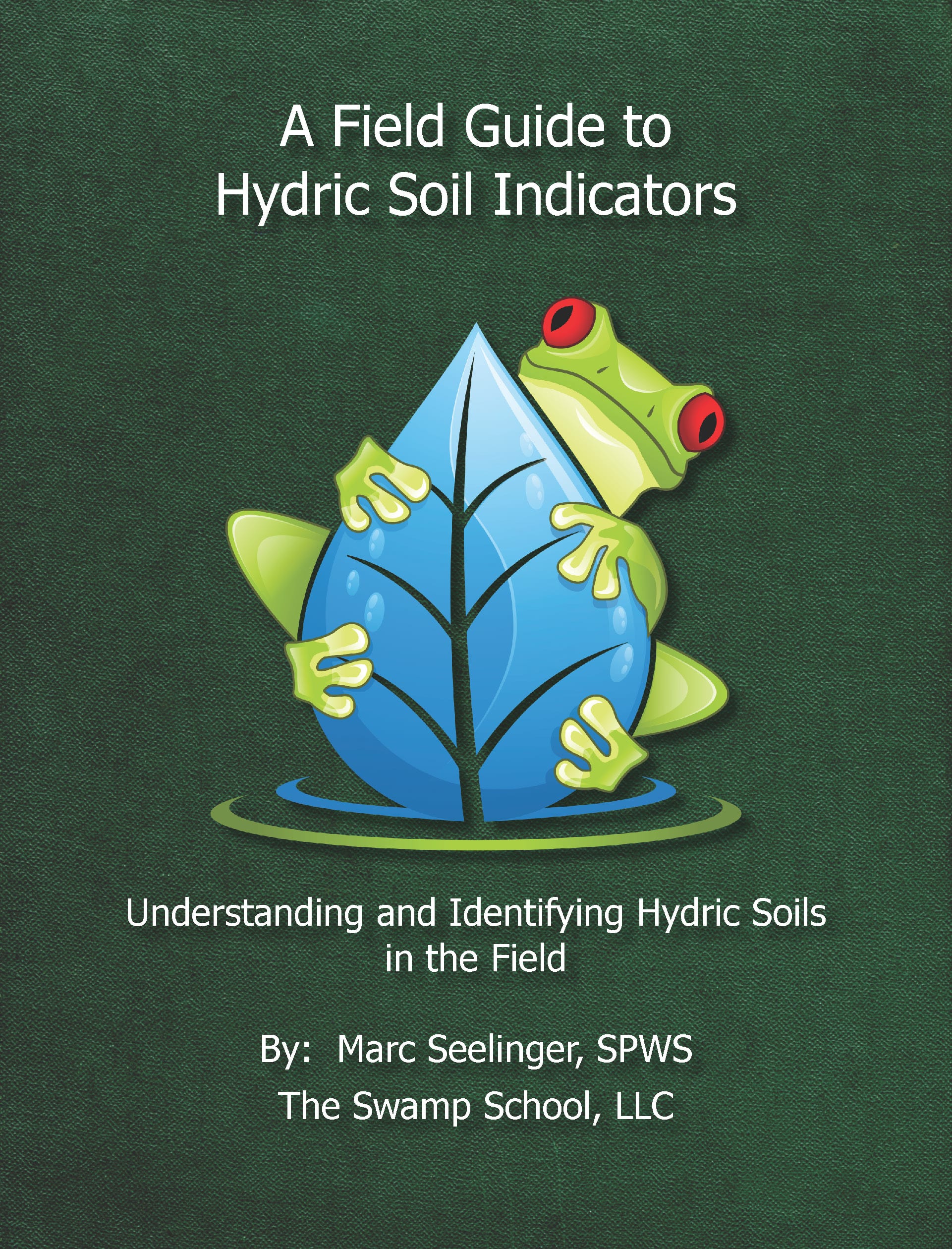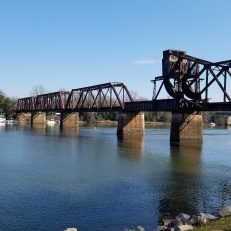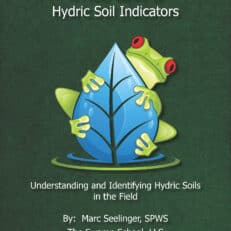The objective of the “Field Guide to Hydric Soil Indicators” eBook is to provide wetland professionals with a comprehensive and practical resource for accurately identifying hydric soils in the field. Grounded in the 2024 Field Indicators of Hydric Soils in the United States, Version 9, this guide aims to enhance the understanding of hydric soil formation and identification processes, equipping users with the tools needed to apply these indicators in a wide range of landscapes and soil conditions.
This eBook is designed to:
- Clarify Hydric Soil Indicators: Present the most commonly encountered indicators, with clear and concise explanations of their characteristics, how they form, and where they are likely to be found. These indicators are drawn from the 2024 national standards and are complemented with practical guidance on their identification.
- Provide Regional Relevance: Offer detailed, region-specific examples based on Land Resource Regions (LRRs), allowing users to understand the variations in hydric soil formation and appearance across different parts of the United States.
- Support Practical Application: Equip users with a strong foundation in the field identification of hydric soils, from sandy coastal regions to loamy and clayey floodplains, making the guide a valuable tool for use in real-world wetland delineation projects, environmental assessments, and conservation planning.
By the end of this guide, readers should have a solid grasp of the most important hydric soil indicators, understand how to apply these indicators in diverse settings, and confidently assess and delineate wetlands in compliance with national and regional regulatory frameworks.






